The Co-operative Group is planning a major membership drive next year in a bid to sign up 20 million people to the profit-sharing scheme by 2020.
And the society, while extolling the benefits of the scheme which currently has six million registered members also plans to improve its use of data from the ‘dividend’ card.
The Co-op claims the scheme, which paid out a record £50.4m to members in June this year, up from £38.8m in 2009, is more generous than other food retailer loyalty cards, including Tesco Clubcard and the Nectar scheme.
Shoppers collect one point for every £1 spent in Co-op food stores under the scheme, but the value of each point is adjusted annually and at 2p last year shoppers received a 2% return double other supermarket loyalty schemes.
CEO Peter Marks said the 20 million membership target was “easily achievable” because the society already has 21 million customers per week in its food stores alone. New customers from its family of businesses, especially from Britannia Building Society following its merger with The Co-operative Bank last year, would boost membership.
“We have been guilty of not explaining it properly to our members, but this will change,” he said.
The Co-op is also set to return to expansion mode next year, as its integration of Somerfield is close to completion, added MD of food retail Tim Hurrell.
When it opens a store on The Strand in WC2 next February announced this week The Co-op will become the first food retailer with a store in every postcode in Britain.
But completing UK coverage was just the start of ambitious new expansion plans for the society, said Hurrell, adding 10% more stores to its 3,106-strong estate over the next three years, with 50 in 2011, 125 in 2012 and 175 in 2013.
With 92% of the total Co-op estate converted, “the integration of Somerfield [by March 2011] is on track,” said Hurrell. And despite a reported 12% reduction in sales on conversions (The Grocer, 8 May 2010), the society will post record profits in 2010, Marks added.
While admitting the Co-op was unlikely to hit the “ambitious” sales and profit targets set at the start of the year, it would “easily meet banking covenants,” with an increase of “around 20%” on last year’s £246m profits in stark contrast to the string of profit warnings issued by Morrisons, following its acquisition of Safeway in 2004.
The Co-op made more than £670m selling 220 stores following the Somerfield acquisition, and gained £220m in savings from supplier negotiations.
A new ‘mixed mission strategy’ for stores devised using Somerfield software would see sales and profits recover and grow, Hurrell added.
Sign in to comment on this article
Not logged in before? Register for FREE guest access today.
You will be able to:
- Read more stories
- Receive daily newsletters
- Comment on stories
Advert








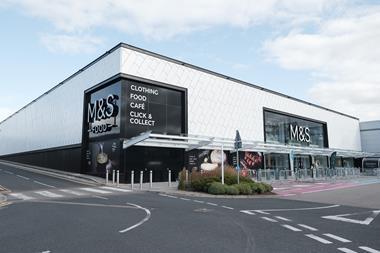

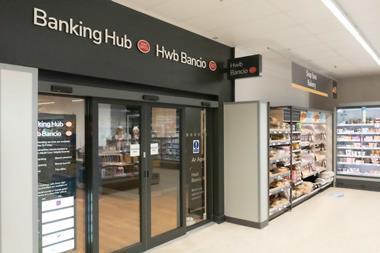
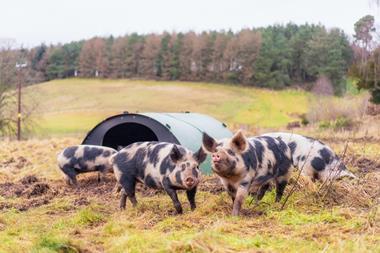

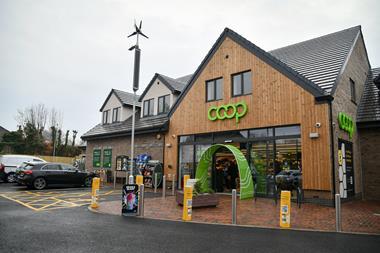

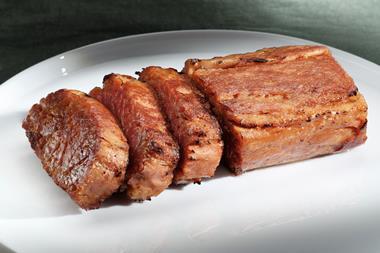
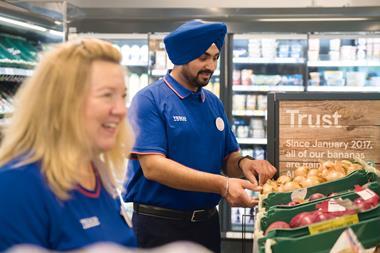
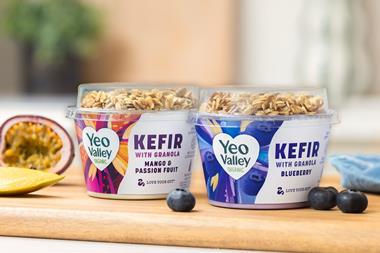
1 Readers' comment